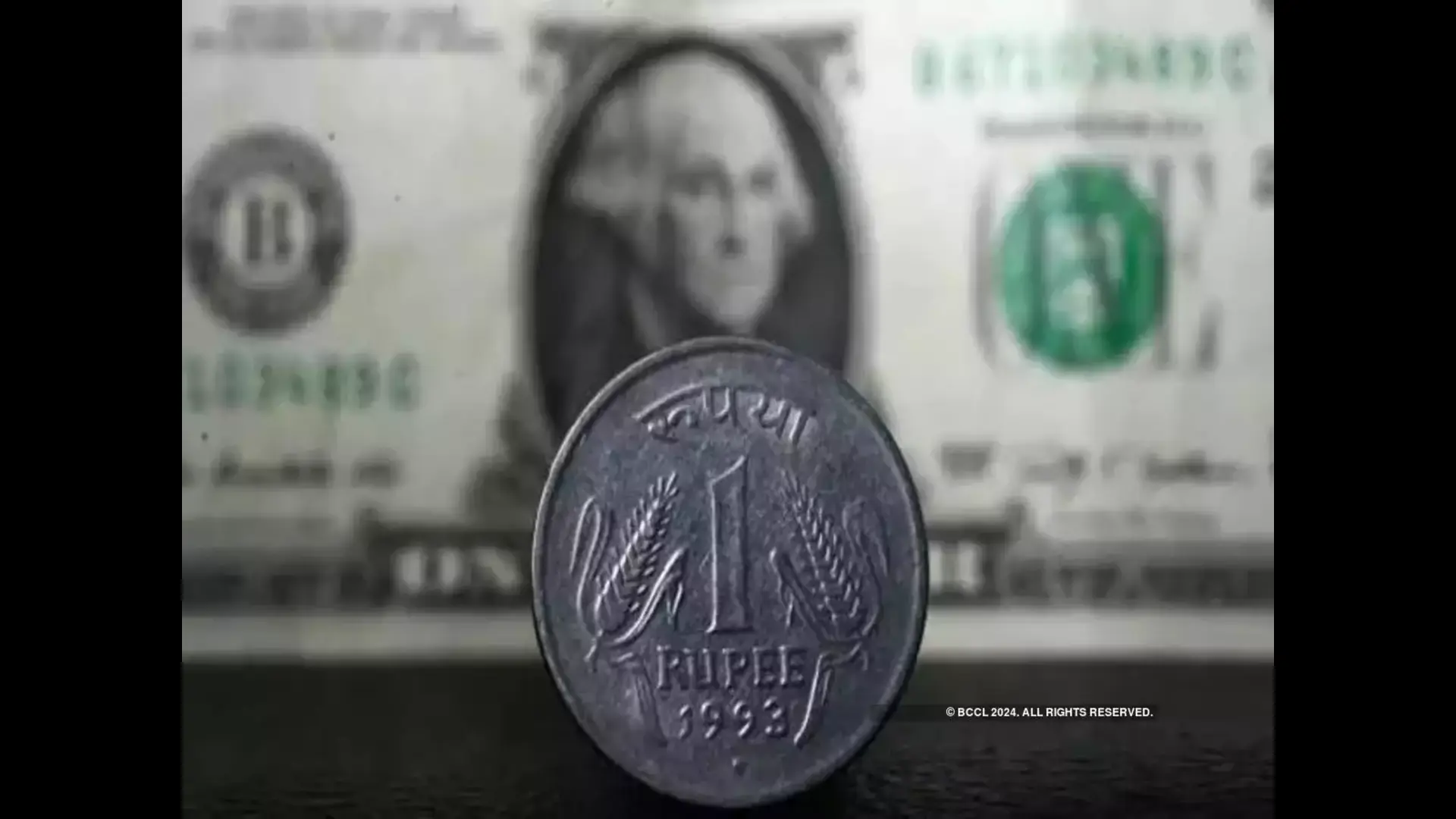
The Indian rupee weakened to an all-time low of 84.38 against the US dollar in early trading on Monday, marking a decline of 1 paisa. This drop was attributed to continued foreign fund outflows and a lackluster performance in domestic equities.
Forex traders suggest that the rupee is likely to remain under pressure unless there is a shift in the dollar index or a slowdown in foreign capital outflows.
At the interbank foreign exchange, the rupee opened at 84.38 against the dollar, reflecting a slight fall from its previous close. On Friday, the rupee had declined by 5 paisa to hit a new record low of 84.37 against the greenback, marking the third consecutive session of depreciation.
The rupee’s pressure last week was due to the US elections and sustained foreign fund withdrawals. After nearly USD 12 billion in equity sell-offs in October, foreign investors continued to retreat in November, with around USD 1.6 billion in outflows recorded in the first 10 days of the month.
CR Forex Advisors MD Amit Pabari noted that the rupee is expected to trade within a range of 83.80 to 84.50 in the medium term, as the Reserve Bank of India appears to be stabilizing the currency with adequate forex reserves.
Meanwhile, the dollar index, which measures the strength of the US dollar against six other currencies, was up by 0.05% at 105.05. Brent crude oil prices fell by 0.37%, trading at USD 73.60 per barrel.
In the stock markets, the Sensex dipped by 12.47 points (0.02%) to 79,473.85, while the Nifty dropped by 5.65 points (0.02%) to 24,142.55.
Foreign Institutional Investors (FIIs) were net sellers on Friday, offloading shares worth Rs 3,404.04 crore, according to exchange data.
Additionally, India’s forex reserves decreased by USD 2.675 billion to USD 682.13 billion for the week ending November 1, as reported by the Reserve Bank of India. The reserves had fallen by USD 3.463 billion in the previous week and were at a record high of USD 704.885 billion at the end of September.















